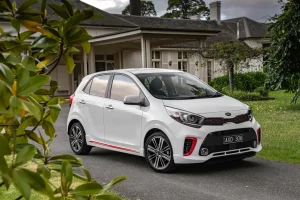
The top 5 small cars in Australia
Small cars are great for zipping around your neighbourhood and helping you conquer the day. But identifying the best small

Elevate your talent attraction and retention with free employee benefits. Uncover a platform that effortlessly entices, engages, and retains your valuable staff.
Get a free demoSee how leading healthcare organisation Healius turned turnover into triumph with Flare.
Read Healius’ storyDevelop your business skills and HR expertise with the Flare Benefits Resource Hub. Get access to helpful tools, articles, guides, webinars, and other on-demand resources that can help your business attract, hire, and retain top talent.
Explore insights from our comprehensive survey of 1500+ Australian workers across a variety of industries, revealing the benefits that genuinely make an impact.
Still haven't found what you're looking for? We're here to help.
Get in touch
Small cars are great for zipping around your neighbourhood and helping you conquer the day. But identifying the best small

How to create a sustainability program that attracts top talent and adds value to your business These days, “quiet quitting”,

You have been thinking about it, and now you’ve made up your mind. Your next vehicle will be electric. It

If you’re like the majority of drivers, you’re probably curious about making the switch to an electric vehicle. You may
Small cars are great for zipping around your neighbourhood and helping you conquer the day. But identifying the best small car for you is no easy task. The best small cars come in all shapes and sizes and at various costs. They also play different roles. For some buyers, space will be the biggest factor, […]